-

Marian Walhout, PhD
Department of Systems Biology Chair, Maroun Semaan Chair in Biomedical Research, Professor Department of Systems Biology, Professor Program in Molecular Medicine
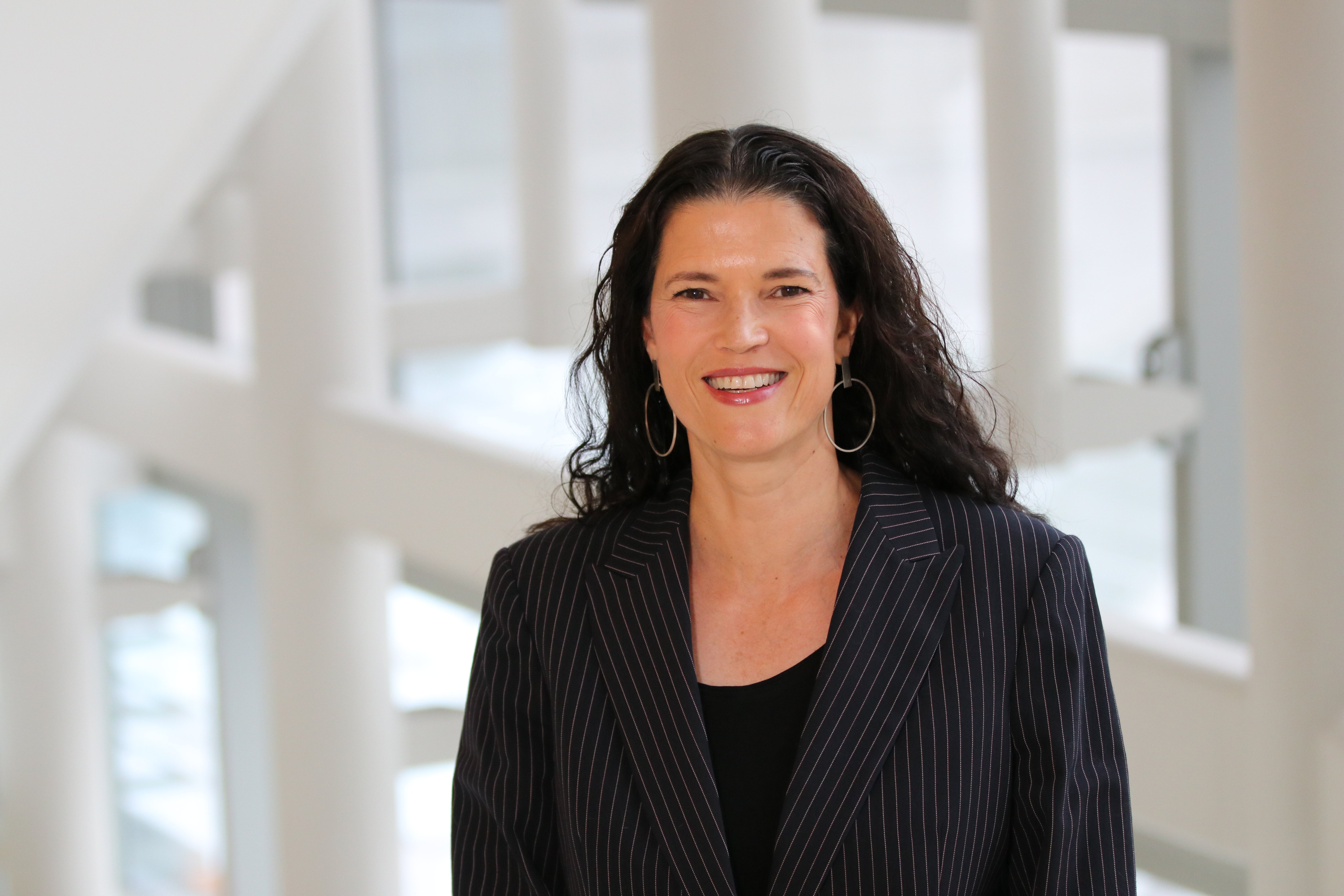
Understanding the Interplay between Gene Regulatory and Metabolic Networks
We use a variety of experimental and computational systems biology approaches to map and characterize gene regulatory networks and to understand how regulatory circuitry controls animal development, function, and homeostasis. Ultimately, we aim to understand how dysfunctional networks affect or cause diseases like diabetes, obesity and cancer.
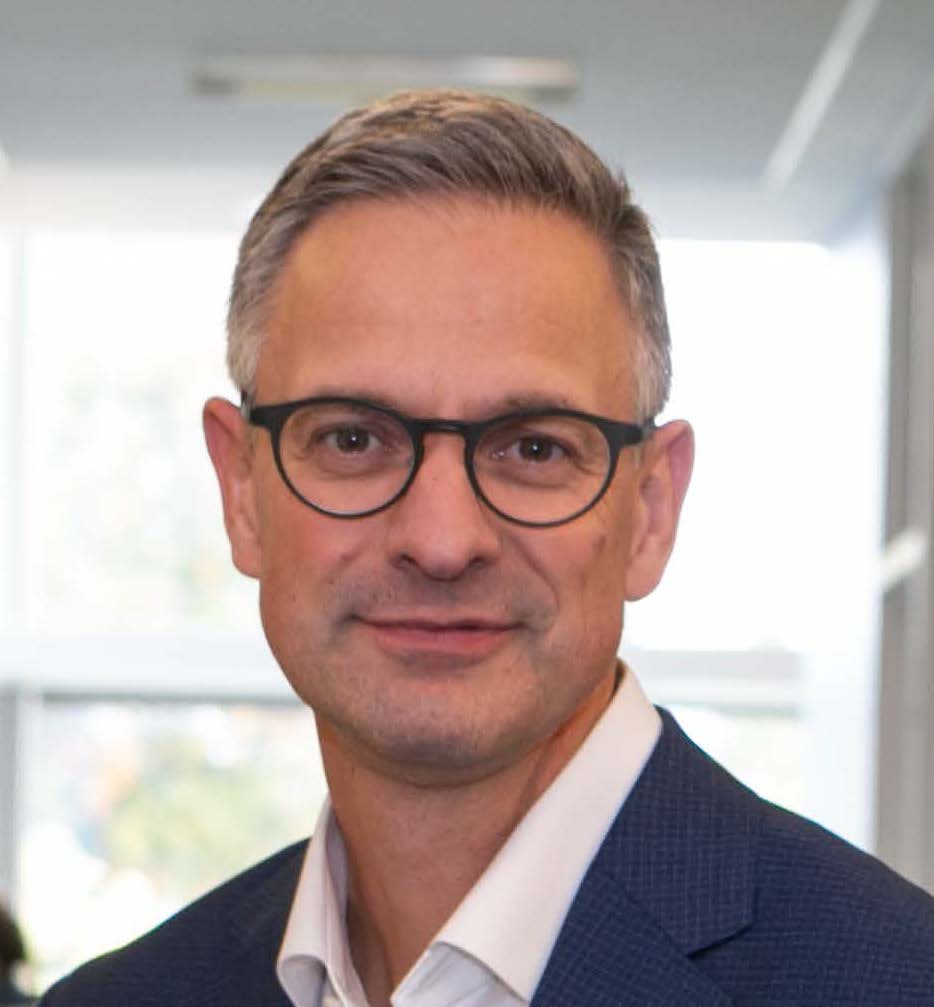 Job Dekker, PhD
Job Dekker, PhD
Joseph J. Byrne Chair in Biomedical Research, Professor Department of Systems Biology, Professor Biochemistry & Molecular Biotechnology, Investigator Howard Hughes Medical Institute
Molecular and biophysical mechanisms of chromosome folding
We are interested in understanding the folding of genomes in three dimensions, and the molecular machines that fold chromosomes. The lab combines molecular biology, genetics, biochemistry, genomics, computational approaches, and polymer physics to study how genomes fold and function in a range of organisms. Our work has led to insights into the formation of chromatin loops involved in long-range gene regulation, the organization of the interphase nucleus, the structure of metaphase chromosomes, and general folding principles of genomes. Recently, we have started exploring chromosome folding mechanisms in organisms with unusual genome organizations, such as dinoflagellates
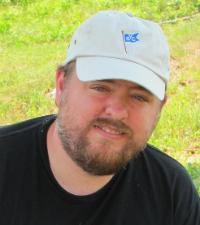 Robert C. Brewster, PhD
Robert C. Brewster, PhD
Associate Professor, Department of Systems Biology and Department of Microbiology and Physiological Systems
Dissecting and Understanding the Implications of Resource Sharing to Cellular Decision Making
My group studies transcriptional regulation in bacteria through a combination of theory, using molecularly detailed statistical mechanics models to produce quantitative predictions, and the tools of modern synthetic biology to design and test these predictions using a wide range of microscopy techniques. In particular, I am interested in understanding how the interconnected environment of the cell, where most regulatory players (transcription factor proteins, regulatory RNAs, etc.) act on dozens or even hundreds of different genes, can influence the special and temporal patterns of gene expression
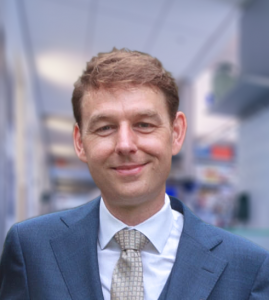 Johan Gibcus, PhD
Johan Gibcus, PhD
Assistant Professor, Dekker Lab
Spatial Organization of Genomes
We study how a genome is organized in three dimensions inside the nucleus. The spatial organization of a genome plays important roles in regulation of genes and maintenance of genome stability. Many diseases, including cancer, are characterized by alterations in the spatial organization of the genome. How genomes are organized in three dimensions, and how this affects gene expression is poorly understood. To address this issue, we study the genomes of human and yeast, using a set of powerful molecular and genomic tools that we developed
 Michael J. Lee, PhD
Michael J. Lee, PhD
Vice Chair - Department of Systems Biology, Associate Professor, Department of Systems Biology, Program in Molecular Medicine, and Department of Molecular Cell and Cancer Biology
Systems Pharmacology of Anti-Cancer Therapies
Our interests exist within an emerging discipline called Systems Pharmacology, which is focused broadly on understanding principles in drug therapy and mechanisms underlying the therapeutic activity of drugs as well as complex drug combinations. Towards this end, our group uses a combination of experimental and computational approaches to study the organization and function of signaling networks controlling the growth, survival, and death of cancer cells. We are particularly interested in understanding the adaptive properties that cells engage when faced with anti-cancer drugs, as well as identifying genetic, non-genetic, and contextual factors that contribute to the therapeutic variability seen in cancer patients
 Amir Mitchell
Amir Mitchell
Associate Professor, Department of Systems Biology and Program in Molecular Medicine, Department of Biochemistry and Molecular Biotechnology
Untangling Host-Drug-Microbiome interactions - from core principles to emergent properties
Cells in natural habitats operate in complex and dynamic environments that feature numerous interactions between multiple active and passive members (organisms, cell types, and molecules). Understanding how such complex systems operate and predicting their emergent properties are formidable challenges. Our lab studies how cells decode, respond, and adapt to external stimuli in the context of multi-lateral host-drug-microbiome interactions such as in the tumor-microbiome. We address this complexity challenge by reconstituting multi-member systems with varying levels of complexity from individual parts that are well-understood on their own (model organisms, clonal cell-lines, drugs, and metabolites). This bottom-up approach allows us to investigate the unique properties that emerge in complex systems using tractable host-drug-microbiome models. Our experimental work leverages on genomics, transcriptomics, and quantitative high-throughput microscopy and is complemented by computational approaches and mathematical modeling.
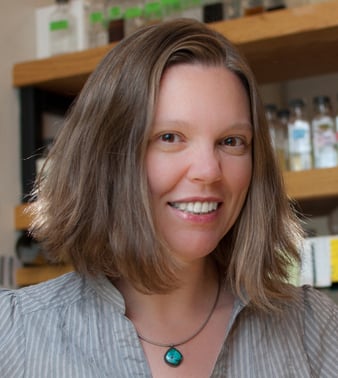 Elizabeth Shank
Elizabeth Shank
Associate Professor, Department of Systems Biology and Department of Microbiology and Physiological Systems
The Shank laboratory studies the chemical and physical interactions of microbes with each other and their hosts
Microbes live everywhere, and their community activities can have profound impacts on their hosts as well as on ecosystem‐level processes. Our group is focused on dissecting microbial cell-cell interactions to understand how secreted specialized (or secondary) metabolites contribute to the establishment, dynamics, and stability of these microbial communities. We use traditional microbiology, fluorescent co-culture, bioinformatics, mass spectrometry imaging, and native-like microcosms to identify and dissect chemical signaling interactions between microbes in both natural and laboratory settings, with the long-term goal of rationally manipulating microbial communities to improve host health and the environment.
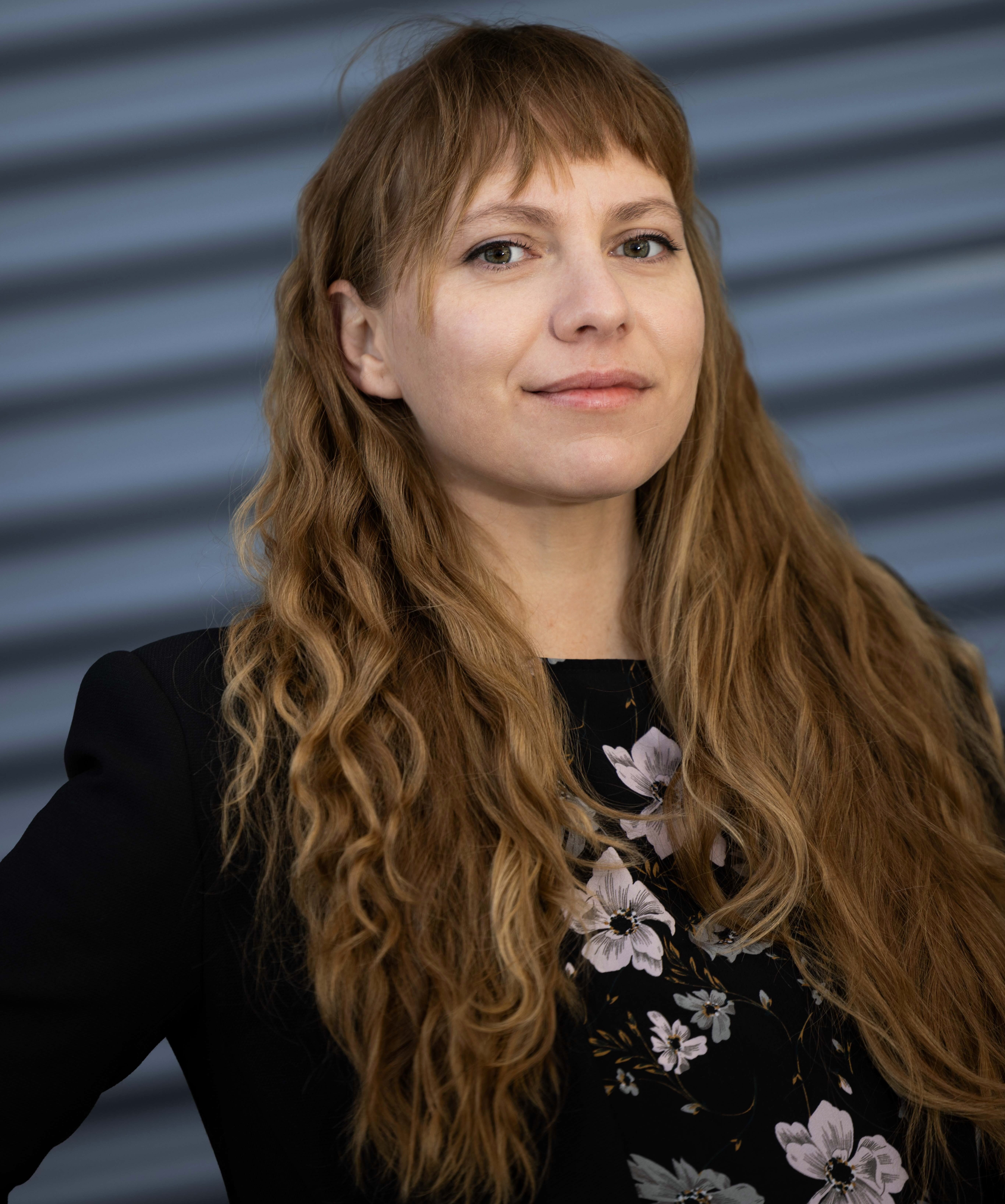 Emma V. Watson, PhD
Emma V. Watson, PhD
Assistant Professor, Department of Systems Biology
Cancer Chromosome Genetics
What are the functional consequences of chromosomal abnormalities in cancer? Over 90% of tumors are aneuploid, with ploidy ranges from sub-2N to more than 4N. Moreover, tumor-associated chromosomal abnormalities are tissue-specific and often highly recurrent. For instance, over 60% of breast cancers have an extra copy of chr 1q. We use forward genetics to select isogenic aneuploid mutants with tumor-like chromosomes from diploid epithelial cell precursors based on their proliferative advantage. Multi-omics profiling of these cells provides a deeper understanding of the roles of cancer chromosomal aberrations. Our ultimate goal is to develop therapeutic interventions to target cells with chromosomal abnormalities and kill tumors.
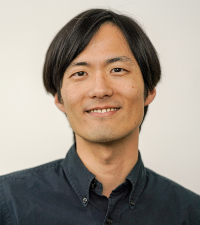 Hyun Youk, PhD
Hyun Youk, PhD
Associate Professor, Department of Systems Biology and Program in Molecular Medicine
Transitions Between Being Alive and Being Truly or Seemingly Dead
We are interested in identifying and studying the ways in which a cell or an organism transitions between being alive and being either truly or seemingly dead (e.g., dormancy). We hope to find common principles that underlie these transitions. We are particularly interested in principles that allow life to be restarted after it has nearly or completely ceased, as in the case of dormant spores in yeast and diapaused mouse embryos. Our studies can deepen our understanding of quiescent and senescent cells which, in turn, are important for understanding human diseases such as cancer and how and why organisms age. We use quantitative experiments that range from single-cell-level measurements on microscopes to transcriptome analyses.
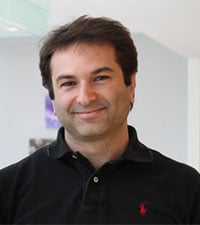 Lutfu Yilmaz, PhD
Lutfu Yilmaz, PhD
Associate Professor in the Walhout Lab
Metabolic Network Modeling with the Nematode C. elegans
We aim to develop a systems-level understanding of how animal metabolism converts nutrients into biomass, energy, and by-products. Specifically, we have reconstructed a metabolic network model of the nematode C. elegans, which allows flux balance analysis to explore how the network of annotated biochemical reactions in this organism work altogether as a whole system. We integrate this mathematical model with gene expression datasets to resolve metabolic function under tissue-specific contexts and other defined conditions.
 |
Affiliated Faculty
|
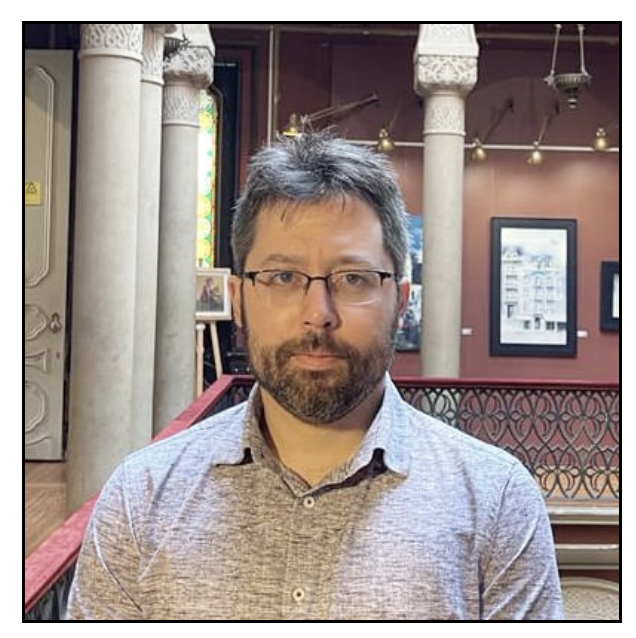 |
Nezar Abdennur, PhD Dynamics and function of genome-organizing processes |
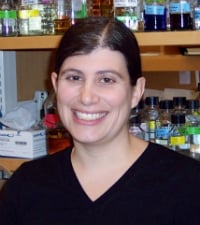 |
Jennifer Benanti, PhD Regulation of Cell Growth and Division |
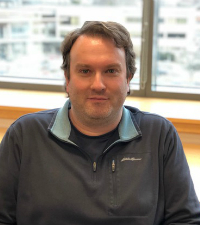 |
Thomas Fazzio, PhD Regulation of gene expression and cell fate by chromatin structure |
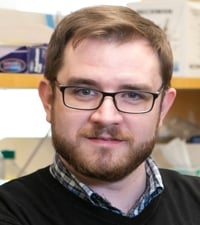 |
William Flavahan, PhD Defects in Chromatin Biology and Topology as Drivers of Cancer |
 |
Manuel Garber, PhD The Functional Genome |
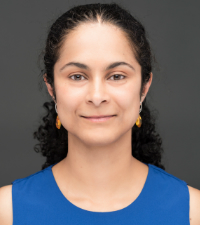 |
Athma Pai, PhD Kinetics of Gene Regulation |
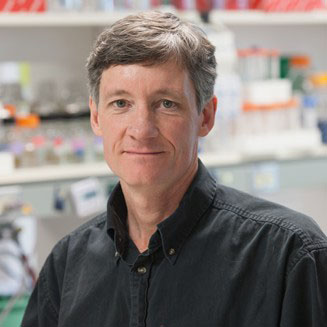 |
William Theurkauf, PhD Genome Integrity and Germline Development |
